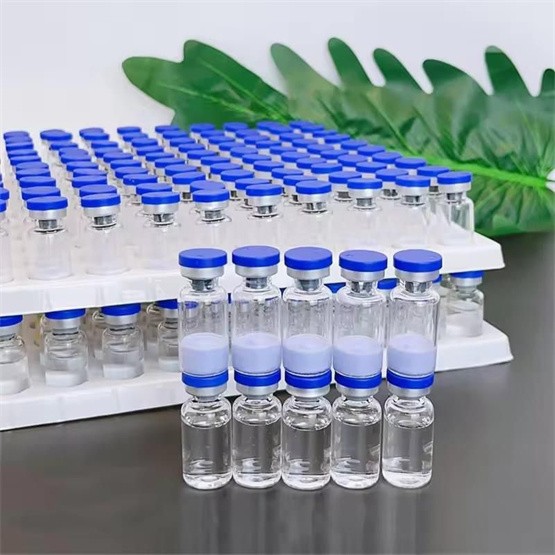Basic Info.
Ipamorelin is a peptide selective agonist of the ghrelin/growth hormone secretagogue receptor (GHS) and a growth hormone secretagogue.
Ipamorelin significantly increases plasma growth hormone levels in both animals and humans. In addition, ipamorelin stimulates body weight gain in animals. Like pralmorelin and GHRP-6, ipamorelin does not affect prolactin, follicle-stimulating hormone , luteinizing hormone, or thyroid-stimulating hormone levels.
However, unlike pralmorelin and GHRP-6, but similarly to growth hormone-releasing hormone , ipamorelin does not stimulate the secretion of adrenocorticotropic hormone, or cortisol, and is highly selective for inducing the secretion only of GH.
...
Read More
